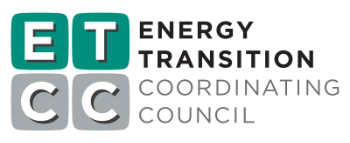Project Info
ACTIVE
Project Title
PG&E HVAC Tool Validation Phase 2
Project Number ET25SWE0045 Organization SWE (Statewide Electric ETP) End-use HVAC Sector Commercial Project Year(s) 2025 - 2026Description
The PG&E HVAC Tool, developed to estimate savings for retro-commissioning (RCx) measures in commercial buildings pursuing utility incentives in California, has faced limited adoption due to the need for additional validation and California Public Utilities Commission (CPUC) approval. To address this, the project team (Phase 1) validated the Tool using EnergyPlus (E+) models, comparing results for Air Side and Hot Water System measures. The analysis involved 132 runs across four DEER commercial prototypes (Retail, Office, Education, and Manufacturing) and three California climate zones (mild, hot, and cold). The report details the modeling procedures, savings comparisons, sensitivity analyses, and identified discrepancies between Tool and model estimates, including sources of uncertainty. Recommendations for improving the Tool’s accuracy and usability are provided to encourage adoption by IOU managers, implementers, and CalTF staff, increasing the likelihood of CPUC approval. The proposed idea is to build on the completed CalNEXT project ET23SWE0060 - “PG&E HVAC Tool Validation” with updates, improvements, and additional HVAC equipment types and parameters. The California Technical Forum (CalTF) and Pacific Gas & Electric Company (PG&E) requested that TRC implement recommendations from PG&E HVAC Tool Validation Study (ET23SWE0060) to comply with program requirements and strengthen tool accuracy and applicability. They also requested that temperature reset fan and pump penalties and zone level minimum VAV calculations are examined. TRC proposes to update Airside, hot water (HW) and chilled water (CHW) system calculations. The airside updates include more recent fan curves, supply air reset calculations, and zone control. The hot water side updates include boiler sequencing and reset while the chilled water updates include the addition of air-cooled systems and reset calculation improvements. The results of this work will maximize the effectiveness of the HVAC tool for users, developers, program administrators and evaluators, increase tool understanding, and minimize uncertainty when using the tool to forecast and verify energy savings claims and incentives.
